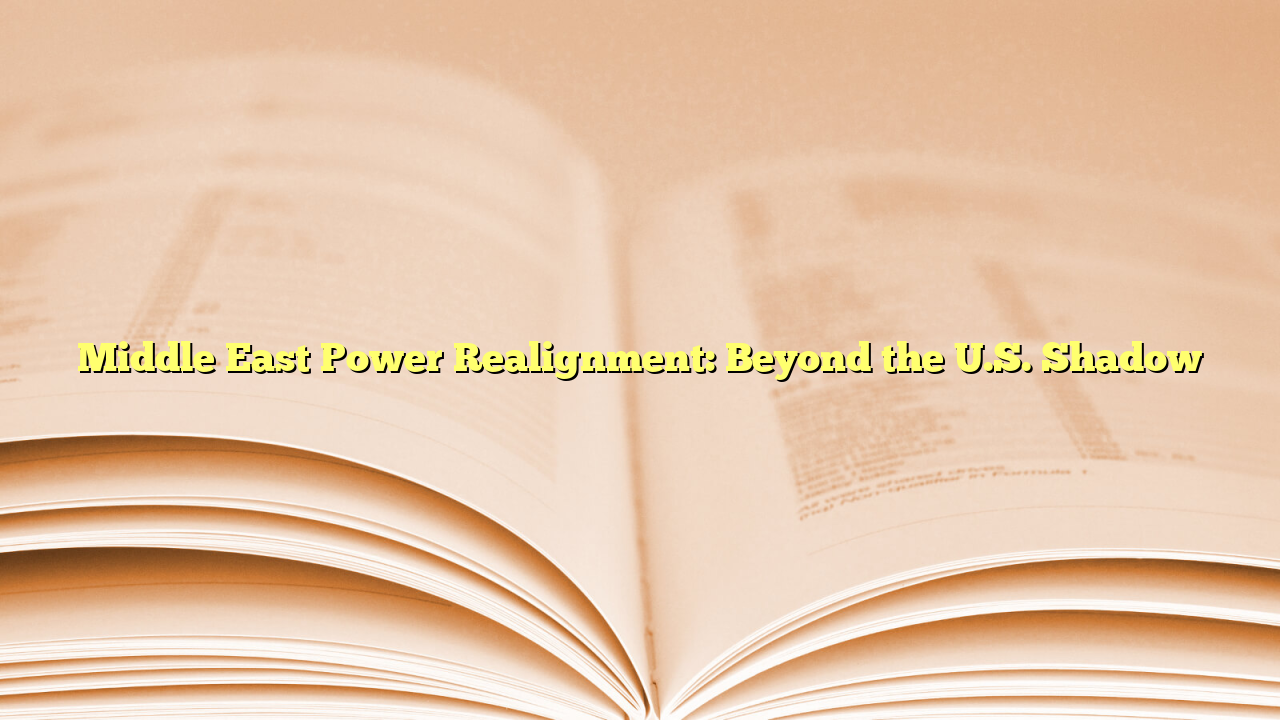The Middle East is entering a new era of strategic realignment, as regional powers recalibrate alliances and global actors rethink their roles. After decades of U.S. dominance, a multipolar order is emerging — one defined by pragmatism, energy naga169 resmi leverage, and quiet diplomacy.
The 2023 Saudi–Iran rapprochement, brokered by China, symbolized the region’s shifting landscape. Once bitter rivals, Riyadh and Tehran now maintain cautious cooperation, focusing on trade and security stability. Their détente reflects a broader trend: regional autonomy from Western agendas.
The United States remains influential, particularly in defense partnerships, but its sway is no longer absolute. Gulf nations now diversify ties — purchasing arms from Russia and China, investing in Africa and Asia, and engaging diplomatically with BRICS members. “The Middle East is no longer a one-axis world,” notes analyst Lina Khatib. “It’s balancing multiple patrons and priorities.”
Meanwhile, the Israel–Palestine conflict continues to test global diplomacy. The Gaza crisis of 2024 exposed deep fractures in international responses, pushing Arab governments to reassess their normalization with Israel. Energy diplomacy also reshapes power: Saudi Arabia and the UAE now position themselves as global arbiters of both oil and green transition funding.
For Washington, the challenge is adapting to a region that no longer aligns automatically with its vision. For Beijing and Moscow, it’s seizing influence without inheriting instability. The Middle East, long seen through the prism of Western policy, is finally defining its own strategic future.



